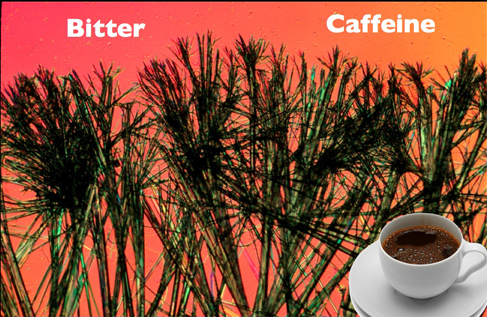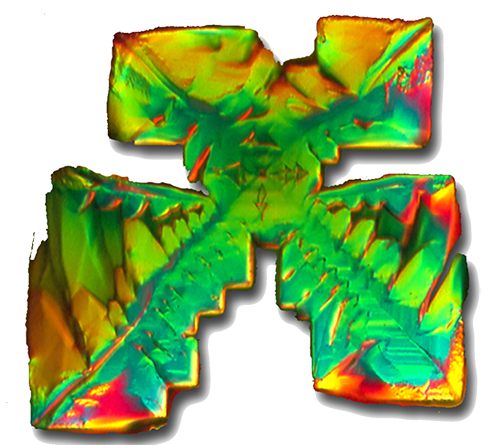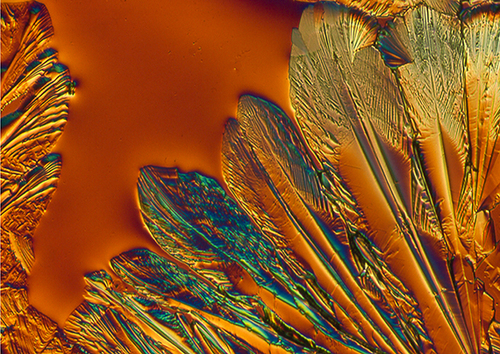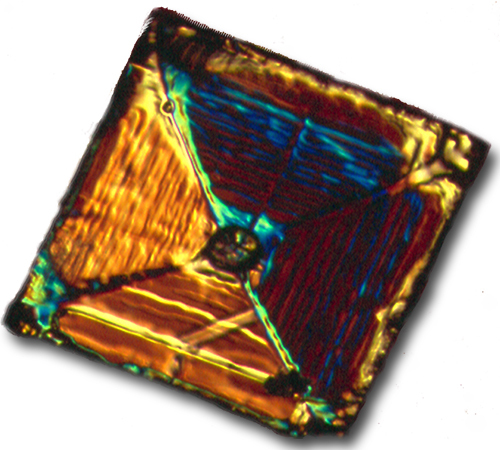I love to eat and cook. When I was young I loved reading cook books. Once I began studying chemistry I realized that cooking was actually chemistry in action. And I have always been obsessed by our senses and all the doorways they can open into pleasure, our mind, consciousness, and imagination. Today's blog will focus on the sense of taste.
Our Five Physical Senses
Our senses communicate information through different energetic channels that obviously evolved to support our survival. The smell of something burning in the kitchen gets us there quickly to deal with the potential danger. The sound from down the block from an oncoming ambulance tells us to move our car out of the way and the taste of something bitter tells us to proceed with caution.
Taste and smell are the close chemical senses meaning that the molecules of taste or smell must actually touch our tongue or nose to communicate information. Touch, another close sense, requires direct physical mechanical connection to our skin. Our distant senses - sight and hearing - depend on electromagnetic vibrations of light and sound to communicate information.
Our Five Chemical Tastes
Our tongues can only detect specific molecules that offer up the five tastes of sweet, sour, salty, savory, and bitter. We taste only these five sensations though some scientists are saying that we have a 6th taste for fat. What we usually call 'taste' is flavor, which combines taste with smell, more on that later.
When we enjoy a steaming bowl of chicken soup or a fresh ripe peach, we are taking in the flavors that include what we smell as well as the chemicals of taste. Though we can only detect 5 kinds of chemical tastes, our mouth and nose can detect thousands of smells. Hence, the myriad of flavors we can enjoy.
Getting Inside Taste
When I started photographing molecules through the microscope decades ago I thought they were just pretty pictures that I could use to help people learn about how their bodies and cells worked. Seeing photographs of molecules like vitamin B12 or adrenalin, they become real and tangible -- they are no longer simply abstract concepts.
When I began my excursions into wine, I was often asked - what are these photographs - are they pictures of yeast, tartrates, sugars, 'stuff' known to be part of the winemaking process? I didn't know. And so as a curious biochemist and someone who looks for patterns and relationships I began photographing the pure chemicals related to wine and taste to see what I could learn and how that might help other people learn. What an interesting surprise!
The Shapes of Taste
People seeing the photomicrograph of caffeine tell me that it looks like what it does. Sour doesn't surprise anyone either. Sour detects acid and tells us that either what we're tasting is acidic, isn't ripe yet or that it's spoiled. This photo is of rice vinegar, primarily acetic acid.
Sweet tells us that it is an energy source and is one of the two pleasurable tastes. 
The other pleasurable taste is savory or umami that at a cellular level communicates that this is a source for nitrogen. Notice the shapes of the two pleasurable tastes. 
Savory foods include meat, fish seaweed, mushrooms, soy sauce, parmesan cheese and ripe tomatoes.
Salty gives us the message that we are ingesting minerals, mainly sodium. Some researchers claim that when we crave salt we are seeking sodium or calcium molecules.
SEA SALT
If you read my earlier blog on wine you may remember that I suggested that the microscopic shape of the molecules in wine may impact our taste experience and how we describe it.
We use different parts of our brain for language and for our sensory bodily experience. Seeing the photographs of the chemicals of taste, I thought - wow, they look like what they do and the words we give for those tastes. HUH?
Food for Thought
Most, if not all, sour molecules are angular and sharp; sweet is more rounded or sticky looking. And I would soon discover that many of us "know" intuitively or instinctually which is which.
When I do a tasting event or art-science presentation, I usually start with showing 3 photographs and ask people to guess which is sour, sweet and a wine. At first I was very surprised that most people "guessed right." Now after many presentations, in general about 65% of folks "know" the right answer. A Danish wine blogger also did some research with his readers; 1500 people responded with 70% knowing which was sour vinegar and 60% being able to guess/know sweet from a wine just from the photos. How was this possible- How did they know which shape matched which taste experience? Just a good guess?
Carol Kaesuk Yoon in her book Naming Nature: The Clash Between Instinct and Science provides a provocative explanation. She cites an interesting experiment that illustrates our instinctual intuitive intelligence for language. You can try this too.
Give people these two abstract shapes A and B and ask which made-up name they would choose for the shape.The names were takete and maluma. Most people answered immediately, this wasn't something they had to think about. Which shape would you name Takete?
Regardless of the language spoken or the age of the participant, almost universally, the sharp pointy picture (A) was most often picked out as takete; the rounded blobby shape as maluma. In another study, Canary Islands natives called shape A "kiki" and shape B "bouba".
So leaping to the idea where our words come from, I propose that in the case of taste, our words are related to the shape of the molecules responsible for our chemical taste. What do you think? Please give us your thoughts below. and remember to taste with all of your senses.
To explore further
Umami, the newest taste